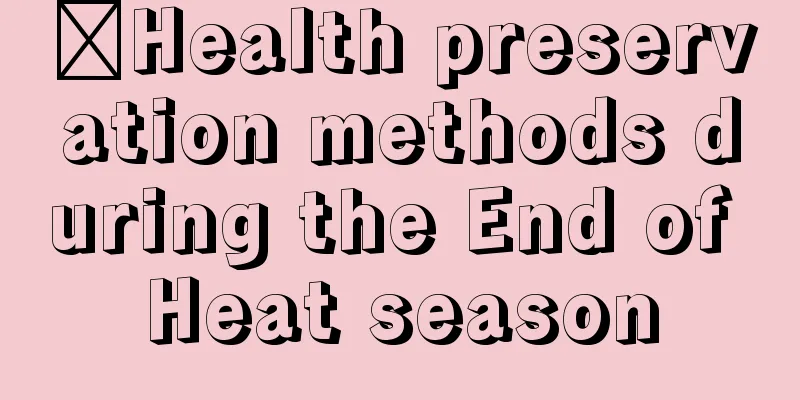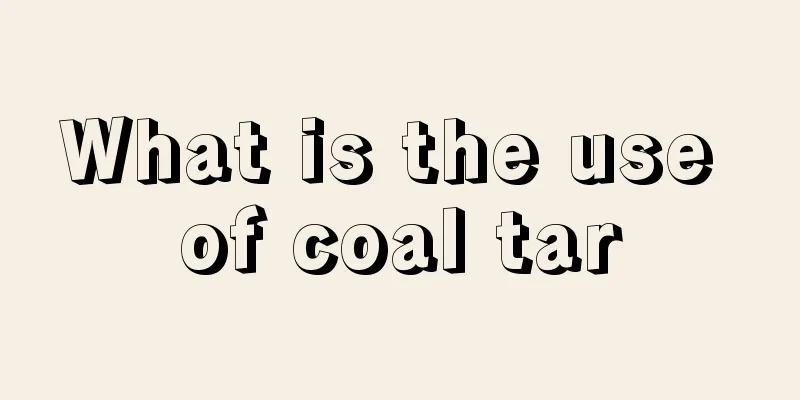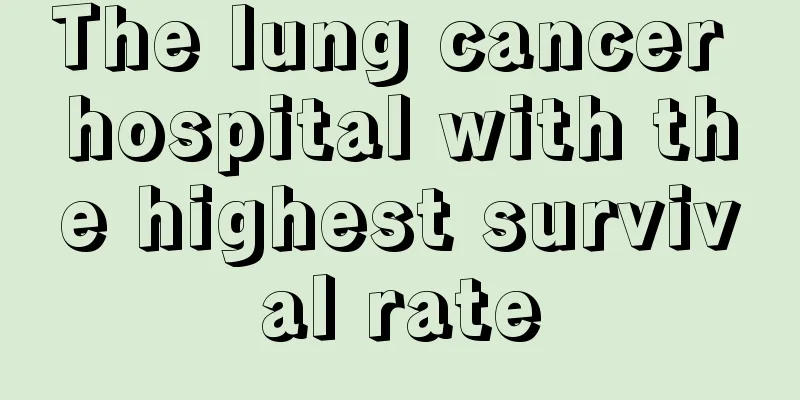How to treat erythema on the back

|
Many patients will scratch with their hands when they get erythema on their backs, but the more they scratch, the more itchy it becomes. Later they find out that it is caused by skin inflammation. If it is not treated in time, it will cause many complications. In fact, this has a lot to do with our frequent use of shower gel or soap. So how should erythema on the back be treated? Let’s take a brief look at it! Most erythema is caused by dermatitis, which is an allergic reaction of the skin to chemicals, proteins, bacteria, fungi, dry climate, etc. These substances can come from the outside, such as detergents, or from the inside, such as seafood, medicines, etc. There are also some cases where the cause of dermatitis is unknown. People who suffer from dermatitis have an allergic constitution, which is inherited from their parents. It manifests itself as eczema, dermatitis and urticaria on the skin, allergic rhinitis in the nose, and allergic asthma in the trachea. Dermatitis is mainly caused by bad living habits. If you often take showers with overheated water, or use soap, shower gel and other skin cleansers too frequently, or do not pay attention to ultraviolet protection, these physical and chemical stimuli will change or damage the skin's protective barrier and vascular regulation function. Treatments for dermatitis include: 1. Systemic treatment Antihistamines mainly relieve itching. Chlorpheniramine is commonly used. It is best to continue using it for a few days after the skin lesions subside. Antibiotics should be given appropriately for cases with extensive skin lesions, erosion, and exudation, even if there are no obvious signs of bacterial infection. Such as erythromycin. In principle, steroid hormones are not used in general cases, but atopic asthma is an exception. For severe cases, it can be used for a short period of time (2-3 weeks) to control symptoms as quickly as possible. Immunosuppressants include azathioprine, cyclosporine A (CYA), and interferon. 2. Local treatment Steroid hormones are used for skin lesions with severe inflammation but no obvious erosion or exudation. During the treatment, change the types appropriately. Use strong ones at first to control the symptoms as quickly as possible, and then gradually switch to medium and low-efficiency ones after a few days. For skin lesions in different parts of the body, attention should also be paid to the selection of varieties. If the skin lesions are extensive, especially in infants and young children, it is advisable to use preparations with weaker effects or lower concentrations. Antibiotics are used for infected lesions. Often used in combination with steroid hormones. Tars such as coal tar and bran oil are effective for this disease. Pastes are commonly used, applied externally alone or in combination with hormone preparations. Generally, it is mainly caused by our bad living habits. Therefore, if we want to put an end to this kind of phenomenon, we must develop good living habits and try not to always use soap or shower gel. Also be careful not to come into contact with allergens. Frequent contact with allergens can have a great impact on patients! |
<<: How should a minor facial stroke be treated?
>>: What causes uneven toenails?
Recommend
Can I use air conditioning if I have rhinitis? I need to pay more attention to these matters when using air conditioning if I have rhinitis
Rhinitis is a very common nasal disease in daily ...
What harm does nuclear radiation do to the human body
The environment we live in is getting worse and w...
Chin allergy and peeling
The facial skin can be said to be relatively sens...
Tips for caring for your leather bag
Leather bags are one of the most commonly used it...
What should you pay attention to when you have allergic asthma?
There are many types of asthma, the more common o...
What are the effects of Chuanxiong and Angelica dahurica fish head soup
Chuan Gong Baizhi Fish Head Soup is actually a me...
Water is the cheapest beauty and skin care product
Water is an indispensable liquid nutrient in peop...
Diseases indicated by muscle twitching
It is normal for muscles to twitch occasionally, ...
Kidney Yin deficiency low fever
A weak body will give viruses the opportunity to ...
The best time to get pregnant after cystectomy
Chocolate cyst is a reproductive disease that is ...
Why do you get brain glioma
Everyone's physical fitness is different, and...
The reason why people gain weight quickly and lose weight quickly
Some people gain weight very quickly but find it ...
These high-risk groups for lung cancer need to be alert to lung cancer
Who are the high-risk groups for lung cancer? As ...
What is the best way to treat gastric bleeding?
Everyone will be under certain pressure, especial...
Is it possible to cure lung cancer?
In recent years, lung cancer has become the main ...









